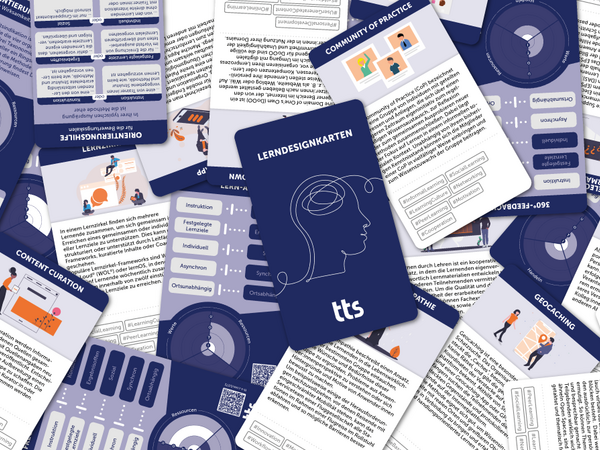Content curation

Short description
For content curation, information is collected from various sources, annotated, rearranged with references, and republished. The decisive factor here is to create added value for the target group through the preparation. Curation can be carried out by a curator or by a group.
Procedure & details
Idea:
Learners benefit from efficient and needs-based knowledge transfer through the targeted selection of high-quality and relevant information. After that, the curated content will be provided in curated learning spaces or via learning experience platforms. This supports the learners processing the flood of information.
Trainers and learning guides need to provide contexts and key factors by evaluating and preparing content and adapting it to the learning objectives.
Implementation:
Collect: Relevant content (articles, images, podcasts, videos) is researched and compiled according to predefined topics.
Filter: The collected content is checked and selected according to relevance, quality, and relation to the learning objectives.
Structure: The selected content is arranged thematically, categorized, and incorporated into chapters or modules.
Contextualize: The structured content is provided with explanatory texts, summaries or comments to give reference to the training objectives.
Share: The final curated content is displayed in the learning space, both onsite and online, and shared with the target group.
Further information
(EN): Content Curation Approaches: Types and Formats (Robin Good): Detailed study of types of content curation with many examples.
(EN) Harold Jarche: Seek > Sense > Share: Background on the Seek > Sense > Share framework, which is the basis for many curators. In general, Harold Jarche is a master curator. Be sure to check out his blog as well.

